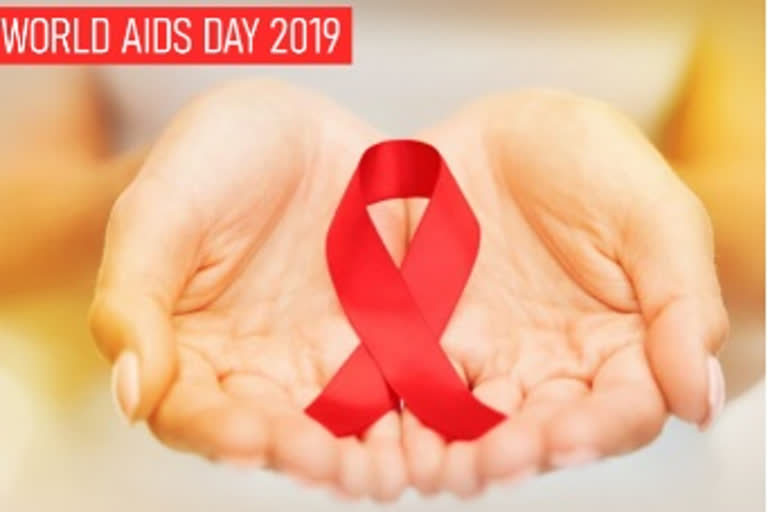Hyderabad: As the world observes AIDS day to provide awareness to communities regarding HIV prevention, testing, treatment and care, we look at the statistics and numbers behind infections and AIDS control in India and the world.
According to the World Health Organisation (WHO), of the 37.9 million people living with HIV at the end of 2018 across the world, 79% received testing, 62% received treatment, and 53% had achieved suppression of the HIV virus with reduced risk of infecting others.
Thousands of community health workers and members of the HIV and key population networks – many of whom are living with HIV or affected by the epidemic – contributed to this success.
In 2018, around 770 000 [570 000–1.1 million] people died from AIDS-related illnesses worldwide, compared to 1.7 million [1.3 million–2.4 million] in 2004 and 1.2 million [860 000–1.6 million] in 2010. About 8.1 million people did not know that they were living with HIV.
Tuberculosis remains the leading cause of death among people living with HIV. It is estimated that 49% of people living with HIV and TB are unaware of their coinfection and are therefore not receiving care.
UNAIDS estimates that US$ 26.2 billion (constant 2016 dollars) will be required for the AIDS response in 2020.
Based on the India HIV estimation report, the total number of people living with HIV in India is estimated at 21.40 lakhs in 2017. However, on the plus side, India saw a major reduction in the number of new HIV infections, AIDS-related deaths from 2010-2017.
In India, new HIV infections dropped from 120,000 in 2010 to 88,000 in 2017, AIDS-related deaths from 160,000 to 69,000 and people living with HIV from 2,300,000 to 2,100,000 in the same time period, according to the Joint UN agency on AIDS report.
